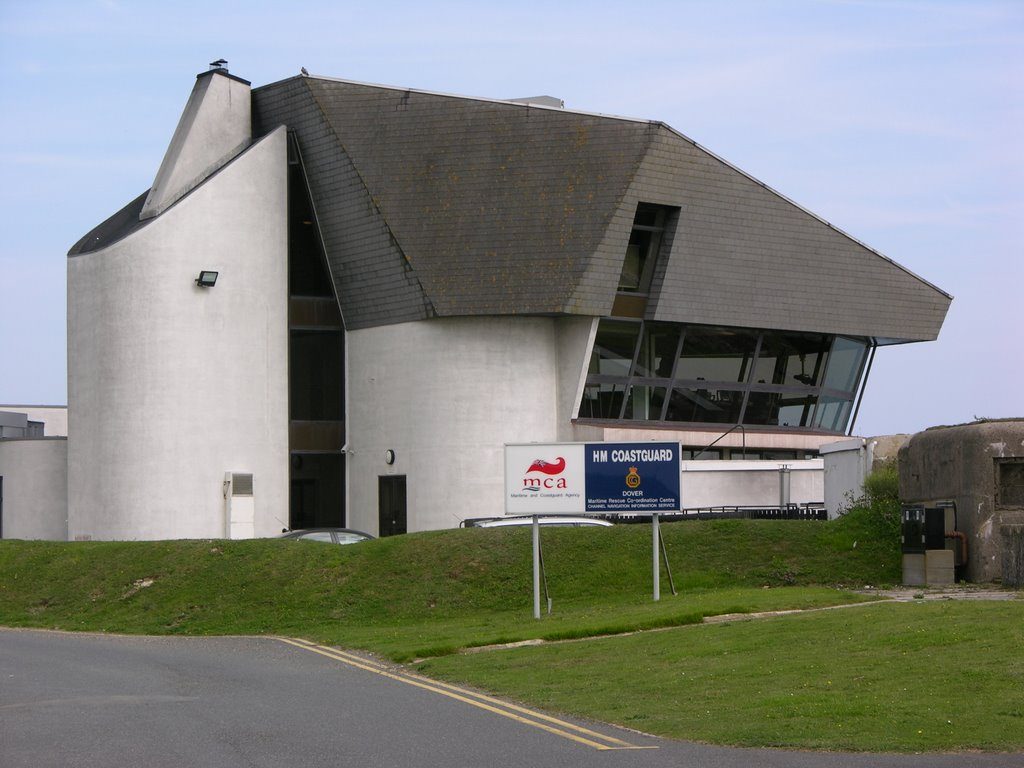
This special tour of the Dover Maritime Rescue Coordination Centre will commence at 14:00 with rendezvous in the Centre’s car park at 13:45. We will be hosted by Tony Evans, Maritime Operations Specialist, and will see the Operations Room, Rescue Coordination Centre, Area Control and Channel VTS Radar Coverage plus special surveillance. All of this is, however, dependent on any emergency or crisis management at the time of visiting!
Please join us for lunch beforehand at The Coastguard, an unpretentious waterside pub at St Margaret’s Bay beneath the White Cliffs with a British menu based on local produce. Britain’s nearest pub to France, The Coastguard was listed No 4 in The Times newspaper’s Top 20 Coastal Pubs. The table is booked for 12 noon, giving us time for a leisurely lunch before the 10 minute drive back to the Maritime Rescue Coordination Centre.
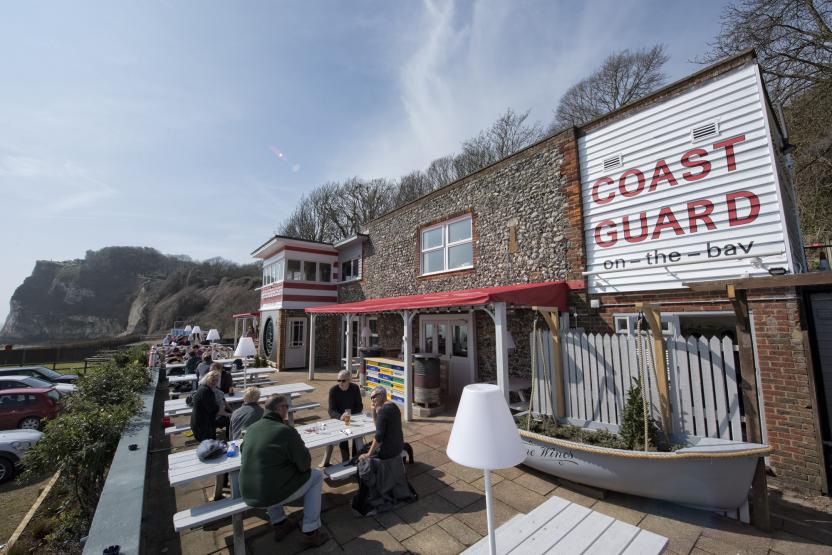
The Coastguard
The Bay
St Margarets Bay
Dover, Kent CT15 6DY
Dover Maritime Rescue Coordination Centre
HM Coastguard
Langdon Battery, Swingate
Dover, Kent CT15 5NA
The following extract from Wikipedia outlines the work of the MRCC:
When the Maritime Rescue Co-ordination Centre receive a distress call, by a 999 or 112 phone call, by radio or any other means, the Coastguard Watch keeper will use their training to question the caller to determine the location. The Coastguard Watch keeper will be able to confirm the location given by the caller if the call is on the 999 system as the equipment in the Operations room will display where it has come from.
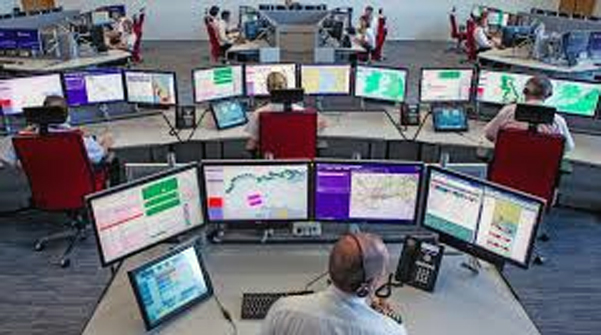
The Coastguard Watch keeper will use the correct chart or map for the area and they are trained to ask questions that will help the caller identify where they are. The Coastguard SMC (SAR Mission Co-ordinator) in charge of the watch will then decide which rescue resources will be used to conduct the SAR operation. The Coastguard Watch keeper who takes the call may keep talking to the caller, while another Coastguard Watch keeper can be passing information to the chosen rescue resources. These assets will depend on the situation but could be one of the 365 Coastguard Rescue Teams (CRT) around the UK coast made up of 3,500 Coastguard Rescue Officers, or Lifeboats, SAR Helicopters or a vessel or aircraft known to be in the vicinity or who responds to a broadcast on radio made by the MRCC.
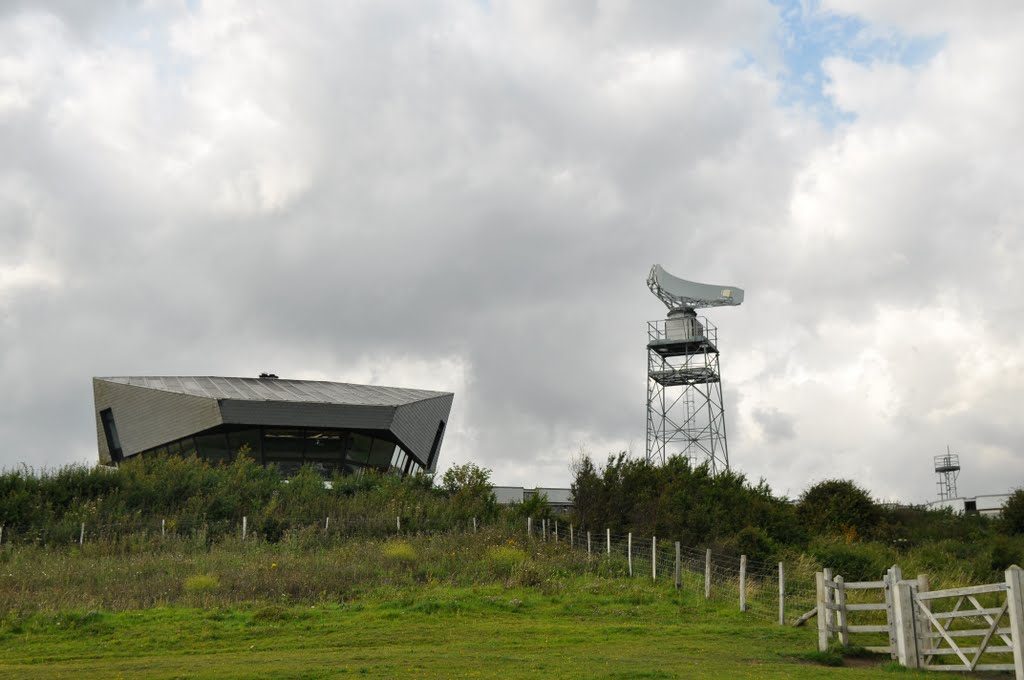
The MRCC will call out and send the rescue units (Coastguard CRTs, Lifeboats, Helicopters or other vessels or aircraft) according to the nature and severity of the incident. The MRCC will then co-ordinate the SAR operation using the Coastguard Rescue Teams, lifeboats and helicopters or other vessels or aircraft, who carry out the physical rescue.
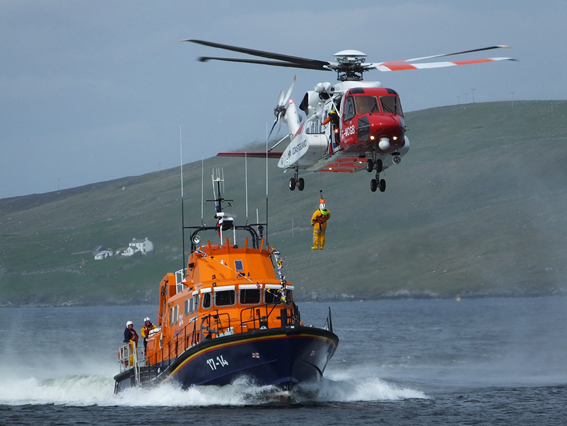
Coastguard Rescue Teams have an Officer in Charge who is responsible for the action of that team or unit. Each rescue resource is able to relay information about any casualty to each other and to the MRCC who is in overall control. The Coxswain of the Lifeboats and the Helicopter Pilot would be in command of that rescue asset, while being coordinated by the MRCC.
The rescue resources work together with the MRCC as the coordinating authority to carry out SAR response. Once the person(s) in danger are rescued the person is then given the assistance they need and transferred to a place of safety.
